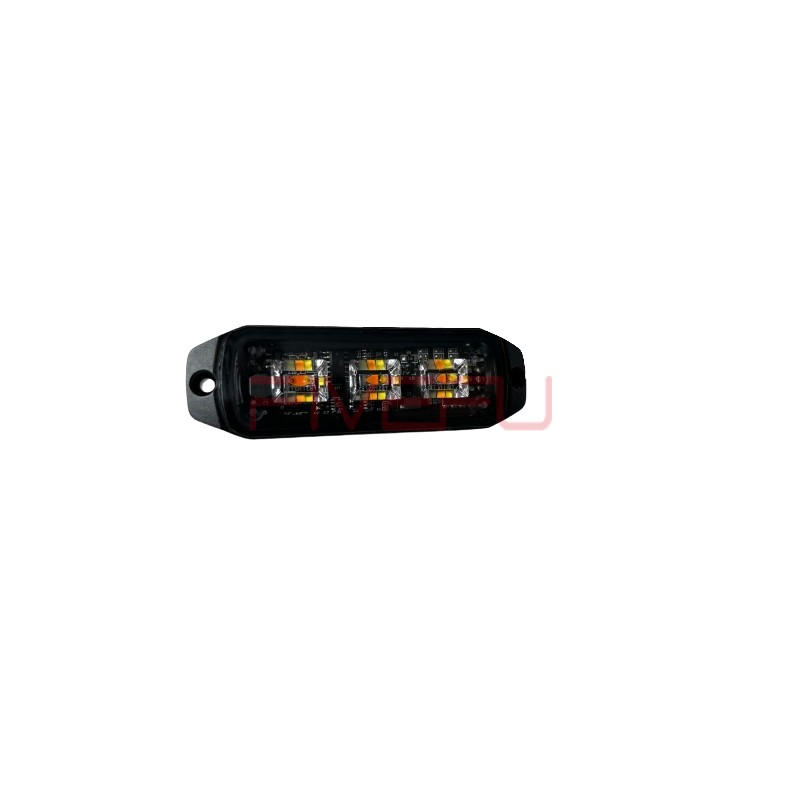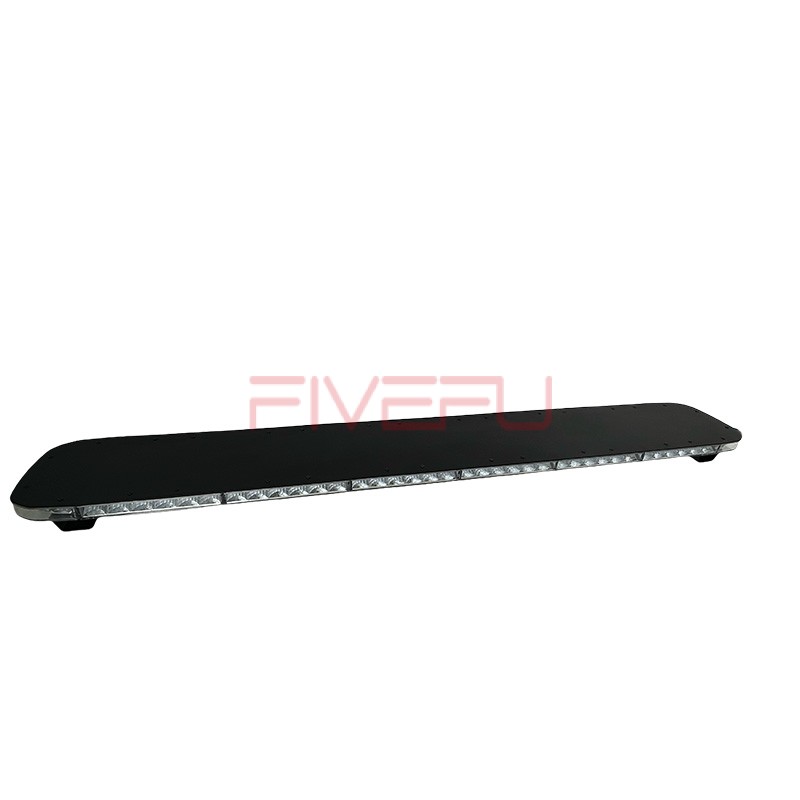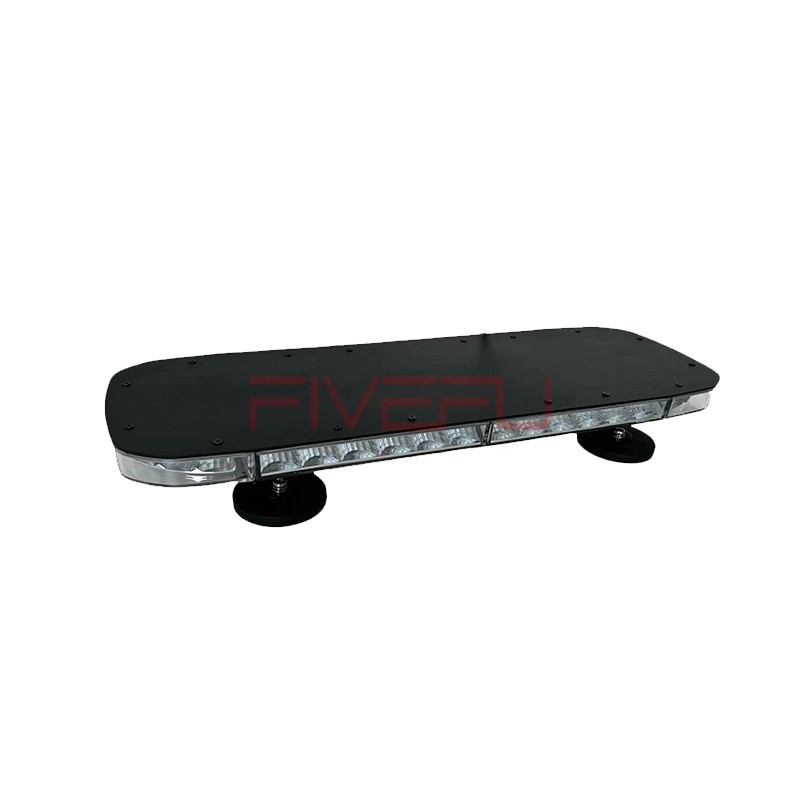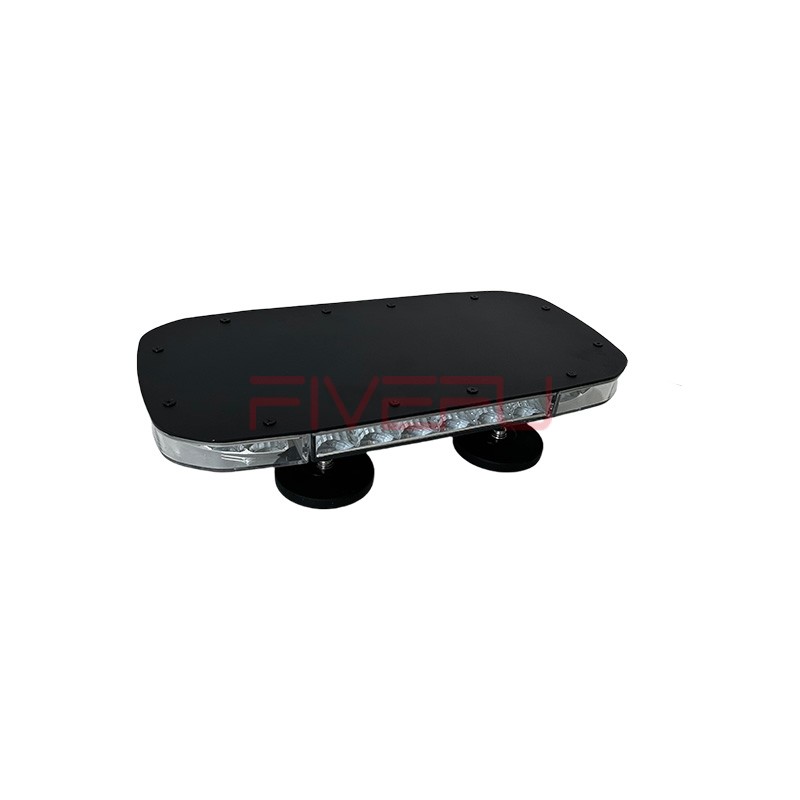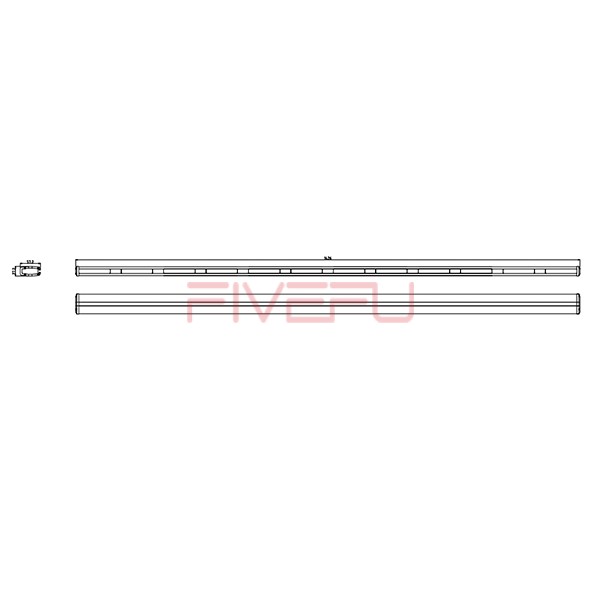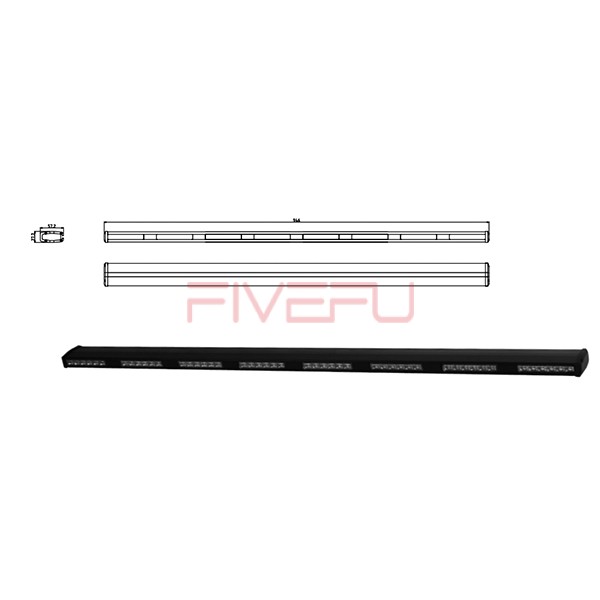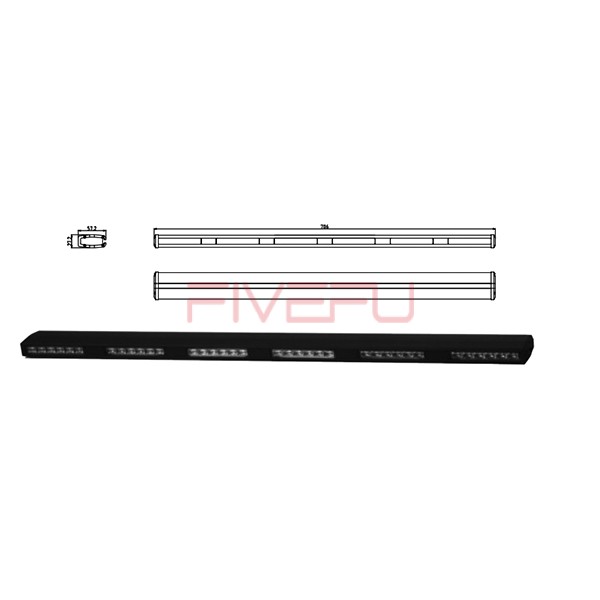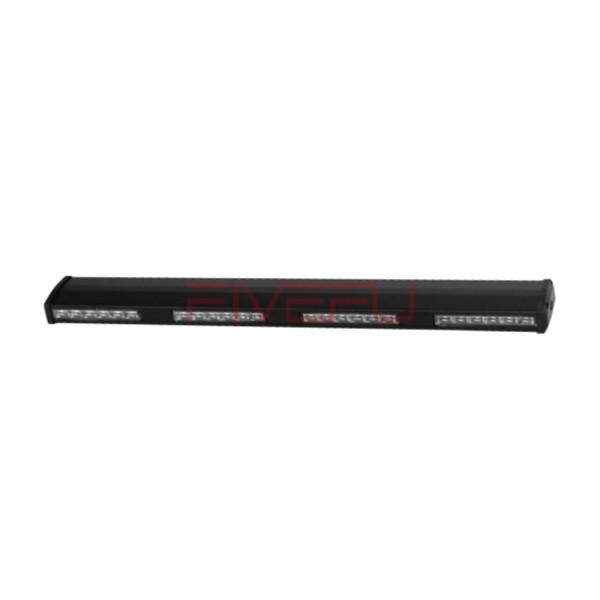Leaving lights on for extended periods can lead to overheating, increased electricity bills, and reduced lifespan. While traditional bulbs are inefficient, LEDs offer a solution. High-quality LED lights are designed for continuous use, consuming less power and generating minimal heat.
LED lights are safe for extended use due to their low heat emission and energy efficiency. High-quality LEDs have built-in heat dissipation mechanisms, ensuring longevity and safety. However, poor-quality LEDs may overheat or degrade faster, so choosing reputable brands is crucial.
Understanding the effects of prolonged LED usage helps in making an informed decision about their safety and efficiency.
Energy Efficiency of LED Lights
LEDs consume up to 80% less energy than traditional incandescent bulbs. Their efficiency allows them to operate for extended periods without excessive electricity consumption.
Heat Generation and Dissipation
Unlike incandescent or halogen bulbs, LEDs emit very little heat. Built-in heat sinks help dissipate any excess heat, preventing overheating and ensuring stable performance.
Lifespan of LED Lights
Most LED bulbs last between 25,000 to 50,000 hours. Continuous operation slightly reduces lifespan, but high-quality LEDs are designed to withstand prolonged use without significant performance loss.
Best Practices for Safe LED Usage
- Choose high-quality LED bulbs with proper heat dissipation features.
- Ensure adequate ventilation around fixtures.
- Turn off unnecessary lights to conserve energy and extend lifespan.
- Use smart lighting systems to automate lighting schedules.
Common Myths About LED Longevity
Myth 1: Leaving LEDs on shortens their lifespan drastically.
LEDs are designed for continuous operation, and their lifespan is not significantly affected by prolonged usage.
Myth 2: LEDs always last forever.
While LEDs have long lifespans, they still degrade over time, especially if exposed to high temperatures or power surges.
Myth 3: All LEDs are safe for continuous use.
Cheap, uncertified LEDs may lack proper heat dissipation, leading to performance issues over time.
Conclusion
LEDs are safe for long-term use if they are high quality and properly installed. Choosing reputable brands ensures energy efficiency, safety, and longevity.
